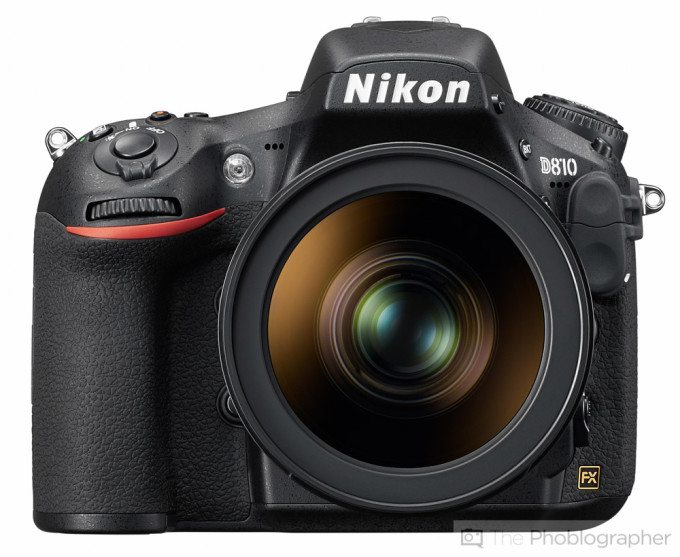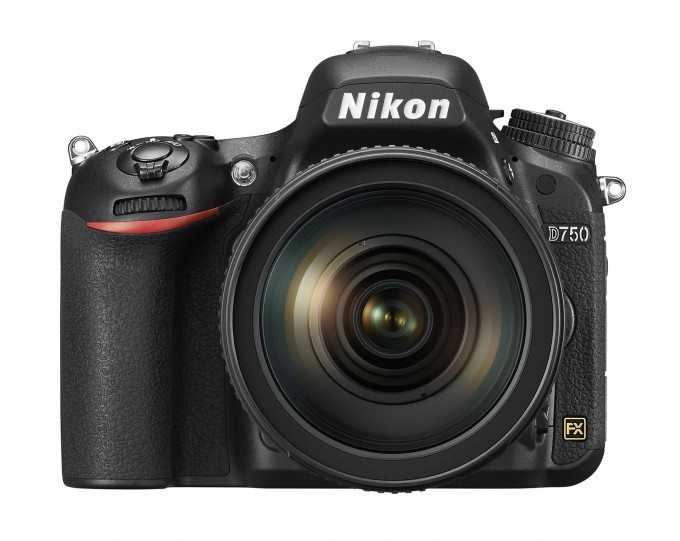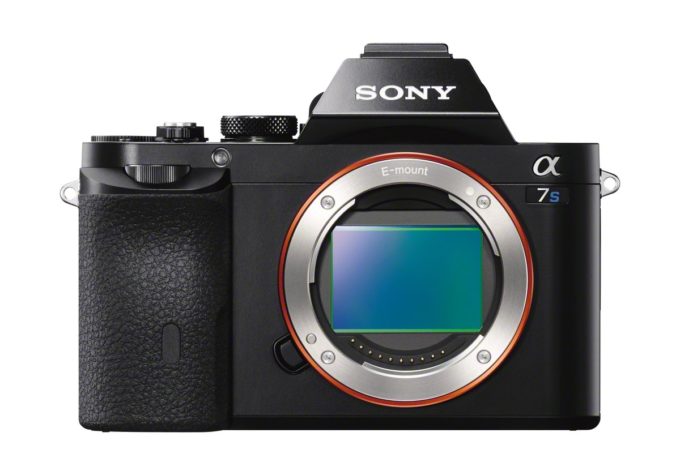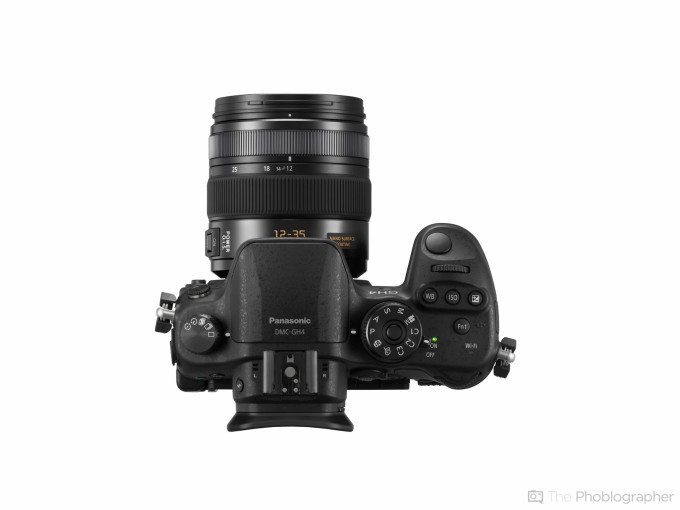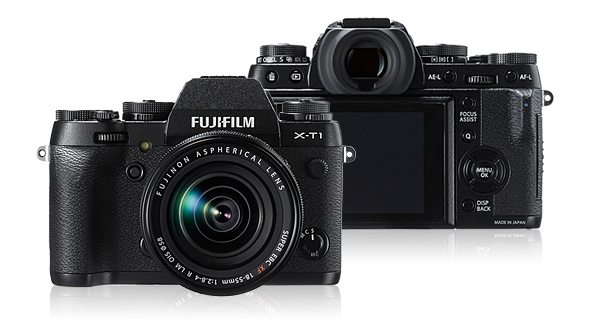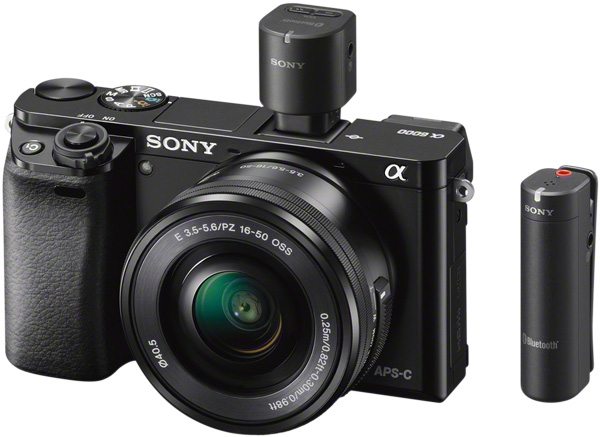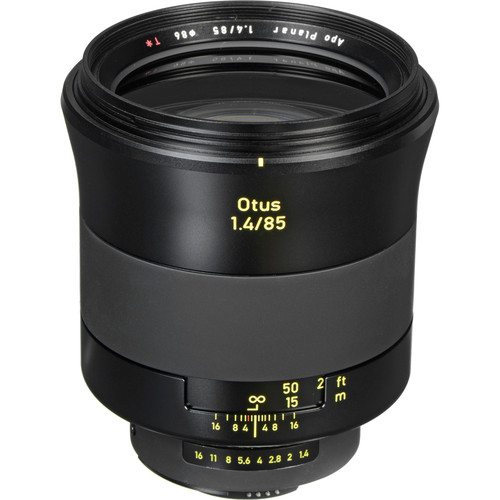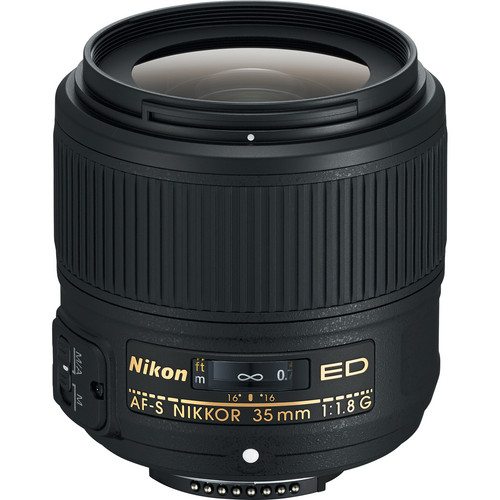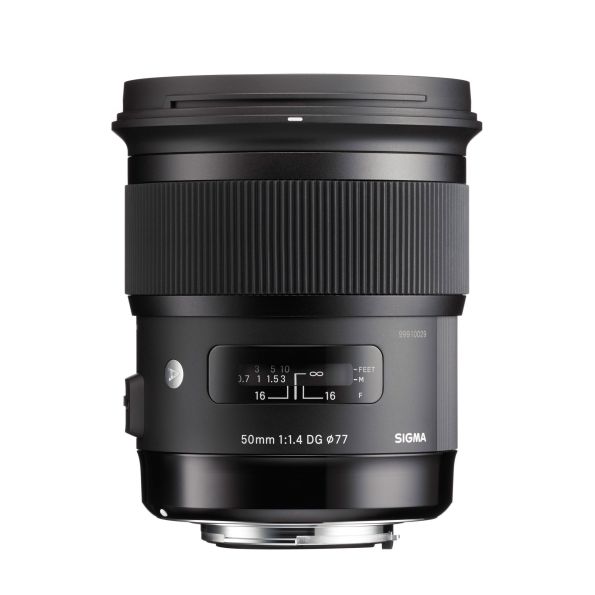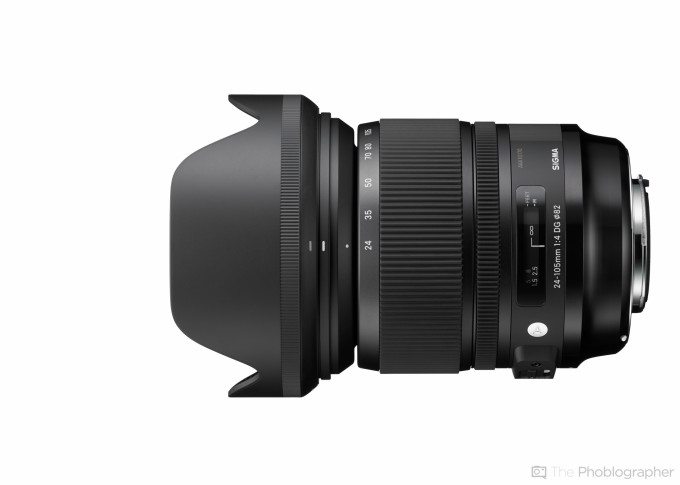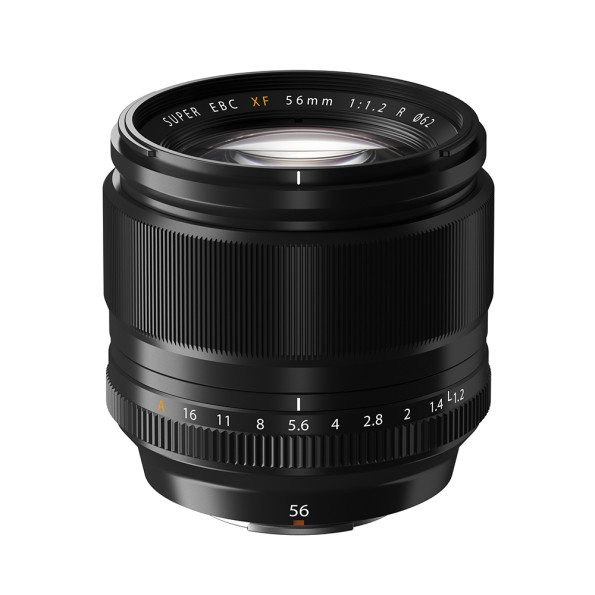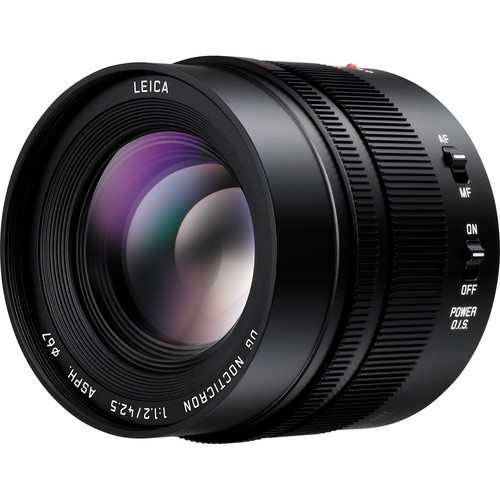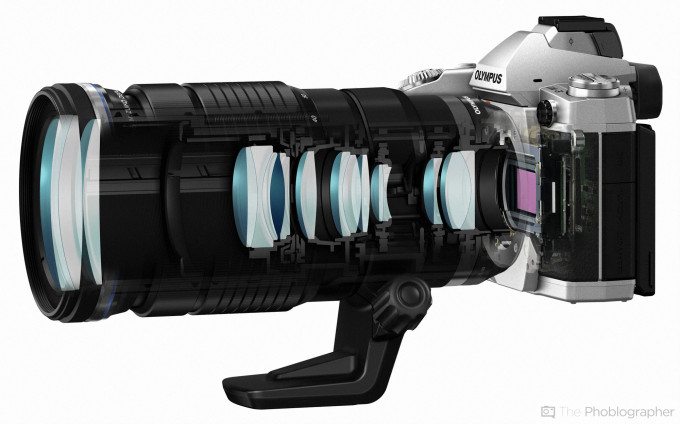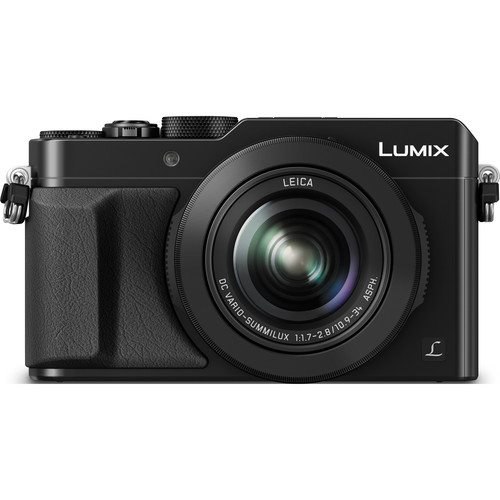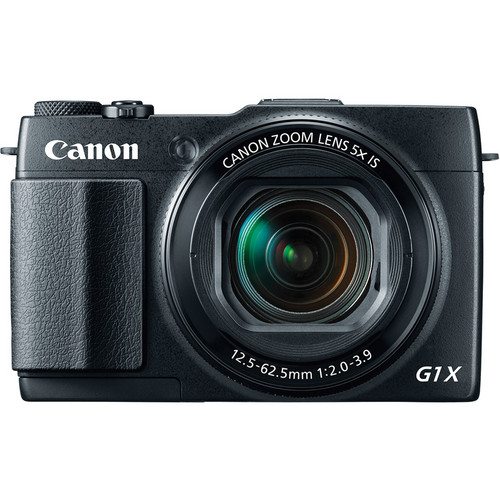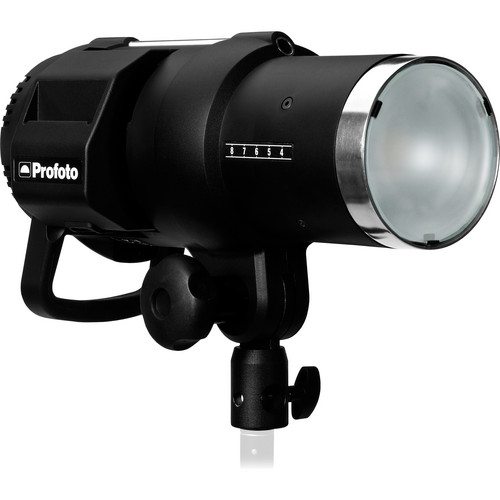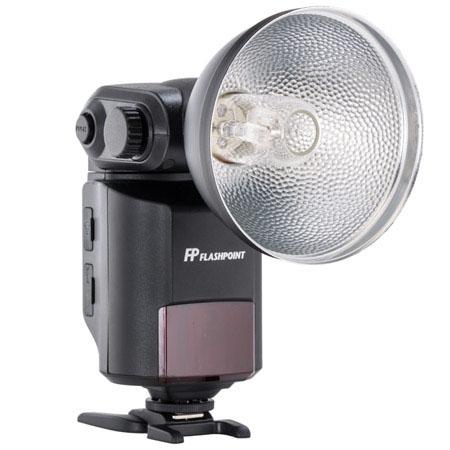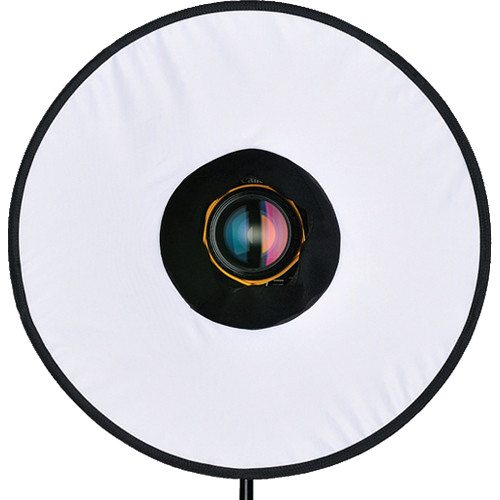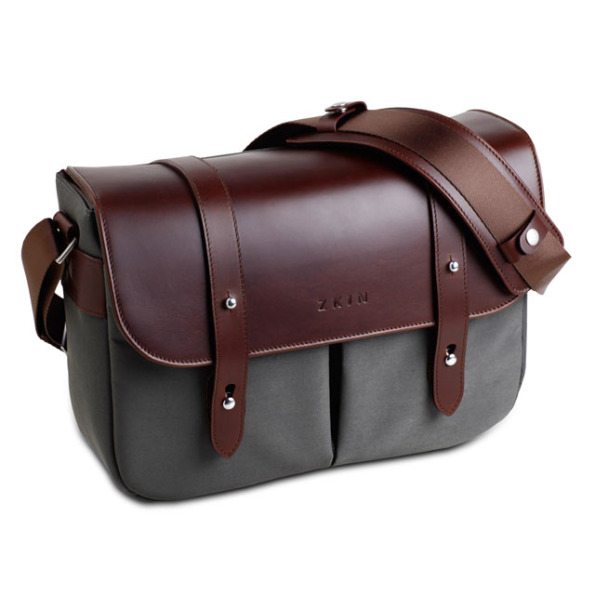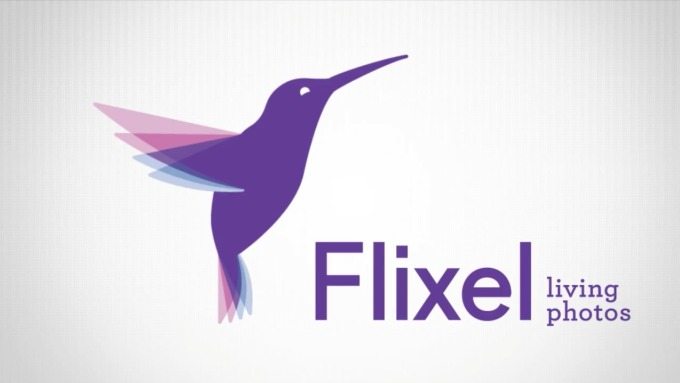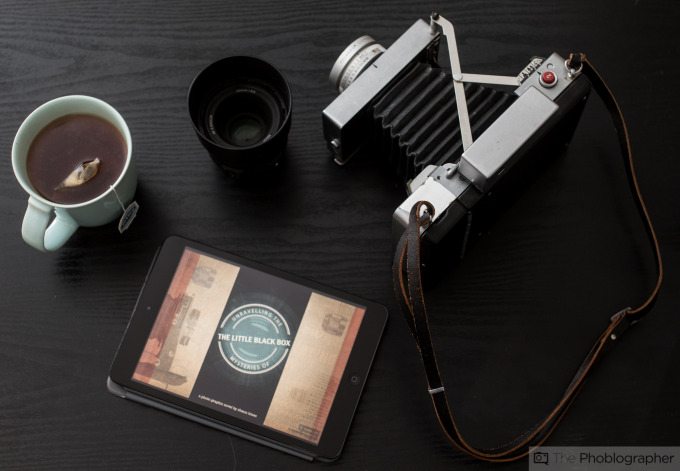Last Updated on 11/28/2014 by Chris Gampat
We’ve been very, very busy this year. Lots of new cameras and lenses were announced and we’ve seen tons of innovation this year across the industry overall. There have been many great products released this year in the photo world and we’re here with a massive roundup of the very best.
Without further ado, we present the Phoblographer’s Editor’s Choice Awards list for 2014. Here you’ll find the best cameras, the best lenses, the best lights, the best camera bags and a whole lot more.
Best Pro Level DSLR
“Trust us when we say that there is a whole lot to love about the Nikon D810. It is lightweight, full frame, well built, and puts all the major functions right where you need them. However, it will take some muscle memory to remember them all without moving your eye from the viewfinder–and we have to admit that in our one month of testing we didn’t successfully get past changing certain options without taking our eye from the viewfinder.
This is a camera that is very much aimed at the pro with features like small RAW mode, a faster FPS shooting ability, the D4s’ autofocus, Nikon’s simplistic menus, and the overall fact that it is a compact workhorse DSLR. There is very little not to like about it, though if we really had any major gripes about it they would be the lack of a tilting LCD screen and that we wish that Nikon would take the autofocusing algorithms even further.
As it is though, there is very little to complain about with the Nikon D810. We like it; and we guarantee you that you will too.”
Best Amateur DSLR
“Other than some quibbles with the partially plastic frame, you’re going to love the Nikon D750 through and through. It follows a long line of professional level Nikon full frame cameras putting all the controls right on the camera body. With better ISO performance and a faster autofocus than the D610, this camera is perfect for photography enthusiast and professional shooters who want more than the barest of essentials of a full frame DSLR.
The Nikon D750 is also the first full frame DSLR to be equipped with built-in Wi-Fi transmission and a tilting screen. These are both features we’ve become accustomed to on consumer-oriented mirrorless cameras and their inclusion here is a step towards modernizing the DSLR. Whether you’re a working photographer or a simple tourist, you won’t be disappointed with this fully featured full frame camera.”
Best Pro Level Mirrorless Interchangeable Lens Camera
“Sony’s A7s has a lot going for it. In today’s world, everyone wants amazing high ISO abilities–and the A7s delivers on this and then some. But in the method that Sony took, we dare to say that it’s too good. There comes a certain point where a still photo taken doesn’t need the have a super high ISO. However, it could totally change the way that you shoot.
Because of the megapixel wars, we’ve become spoiled by 16MP + sensors, and so if you’re used to getting more details, this sensor may not be enough for you.”
Runner Up
“Panasonic’s GH4 is a beast of a camera with a lot going for it. It has great autofocusing, 4K video, very versatile RAW files, pretty good high ISO abilities, great ergonomics, and WiFi built in. There is really no reason that one could feel like this camera is inadequate in any shape or form. However, if you’re a GH3 owner, we recommend keeping what you have–unless you want to shoot video of course.”
“The Editor’s Choice Award is an obvious one. The photo world has been abuzz with talk about the X-T1. It’s got the right mix of vintage design and contemporary technology. Granted, the sensor is the same as the X-E2’s, but that isn’t a problem. The X-series is a much-lauded system, and the X-T1 is its strongest player. Part of the hubbub surrounding the X-T1 has to do with some of the design similarities to the Nikon Df, which had some ergonomic failings. While they sport nearly the same megapixel count, the Df has the upper hand with a full-frame sensor, tacking $1,000 to the price: $2,700 to the X-T1’s $1,700. That doesn’t mean the X-T1 is any less capable as it produces beautiful images.
What the X-T1 really does is make the case for mirrorless cameras as worthy options for serious photographers. There have been strong mirrorless options before the X-T1, but none have looked so good. Sony’s done well with its NEX-now-alpha line, but it doesn’t hold a candle to Fujifilm in terms of design. Fujifilm pays just as much at to the outside of the camera as it does the inside. It’ll inspire prolonged looks as you make photographs around town. Throughout the review period, I’ve had photographer friends ask to hold it, and I’ve had passersby ask if I’m shooting with a film camera. Both are a testament to how Fujifilm combines the best of past and present.
The X-T1 is a street photographer’s dream. I’ve been using it every day for nearly three weeks for a photo365 project I’m working on, and with the 35mm f1.4 affixed to it, shooting is an absolute breeze. The camera’s inconspicuous enough that I don’t get strange looks. Had I been working with a hulking DSLR, my project, in which I make a photo a day for each day of the year, might not go so smoothly. The X-T1 can bend to nearly any photographic need in my estimation, save for sports and wildlife photography due to Fujifilm’s lack of fast telephoto lenses.”
Best Mid Level Mirrorless Interchangeable Lens Camera
“The Sony A6000 hands down has what could arguably be called the best autofocusing system out there. While it isn’t the fastest, it by far is the smartest and the most responsive–putting some DSLRs to shame in our tests for sure. Granted, Sony did this with an APS-C sensor and have yet to do this with a full frame sensor. If that doesn’t bother you, then you’ll have an autofocusing beast in the palm of your hand.
For the old school folks who like to use the center focusing point and recompose, you’ll totally fall in love with this camera.
Beyond this, it retains many of the great ergonomics of the NEX 6 while giving a bump in the megapixels. At the lower ISOs, you’ll get some absolutely beautiful images with excellent resolution. Even at the higher ISOs you won’t be getting such bad results–but a very good argument can also be made that Sony put too many megapixels on the sensor or the processor just isn’t powerful enough to deal with the extra noise from an APS-C 24MP sensor.
Those megapixels and the design of the sensor give you tons of dynamic range and loads of color latitude. So you won’t ever have a problem with those.
To take the most advantage of this camera, we recommend pairing it with one of the best APS-C E mount lenses. Anything less would be a total waste of your money.
As an owner of the NEX 6 though, I personally find myself tempted to upgrade. But the NEX 6 is just such a damned good camera and with 16MP and better high ISO output, I’m quite content with what I have.
In the end, the Sony A6000 receives the site’s Editor’s Choice rating and a 5/5 star achievement.”
Best DSLR Prime Lens
“It goes without saying that Zeiss’s 85mm f1.4 Otus deserves an Editor’s Choice rating. Essentially, they took everything about a portrait lens and made it better. This lens exhibits exemplary image quality all across the board based on what is actually practical for a working photographer.
Is it a lens for everyone? Of course not. It’s a lens designed for studio and fashion work–and it really shouldn’t be used for very much of anything else. But if you have the money to get one of these or the 55mm f1.4 Otus, we’d tell you to reach for the 55mm unless you really want to get portraiture work done. Even so, the 55mm is versatile enough for portraits.”
Runner Up
“Nikon’s 35mm f1.8 G ED is a lens that won’t excite those us that always reach for higher hanging fruit, but it will surely satisfy the appetites of those that are looking for a fairly affordable 35mm prime lens. Best of all, this lens is designed for full frame cameras as opposed to the last one which was for APS-C DSLRs. The company’s lens is sharp enough for most uses, has fairly good bokeh, color that can be reworked to be even better due to Nikon’s RAW file versatility, and contains focusing motors that really made it a joy to use all around.
As for the build quality, we wish that it were better: but again it isn’t aimed at the higher end audience. And for that we once again think that the lens will make most folks happy.
That’s why we’re awarding Nikon’s 35mm f1.8 an Editor’s Choice award–because it will make most users going for it more than happy and in the right hands it will make clients all over very happy customers.”
“Sigma’s 50mm f1.4 Art DG HSM is an exceptional lens. Starting with the design, it very much is in line with the company’s 35mm f1.4 Art optic. The outside feels and looks like something that Hasselblad might make. It feels just so great in your hands that you’d never want to let it go. In fact, if you’re a big fan of the 50mm field of view you might never want to give it up.
Users also just won’t be able to complain about the image quality. The sharpness, bokeh, colors and look are top of the class despite some personal gripes. We feel like most users will be very satisfied. Once again, if you purchase the lens and are still looking at/talking about how the Zeiss performs better, then you should probably just go for the Zeiss. Again though, not everyone can afford it.
For everyone else, know that we give Sigma’s 50mm f1.4 DG HSM Art lens our Editor’s Choice award and the extra rating of a full five stars.”
Best DSLR Zoom Lens
“The Sigma 24-105mm f4 deserves the Phoblographer’s Editor’s Choice award. I can see myself just leaving this lens on my camera. The Sigma’s 24-105mm f4 is extremely versatile and can be used in almost any situation.”
Best MILC Prime Lens
“Did you really expect anything else?
Fujifilm’s 56mm f1.2 is the sharpest mirrorless camera lens that we’ve tested. Not only that but it exhibits beautiful bokeh, pretty good color rendition, almost no distortion, focuses quickly, and is built well. It’s a bit expensive though, and for that reason we really only want to recommend it to the creme de la creme of the X series users. Shooting images of your cat or breakfast with this lens is a total waste and will make the theoretical photography gods weep tears of fixer fluid.
You’ll get the most out of this lens when using it in the studio–so that’s where we recommend that anyone aspiring to get this product uses it. Flash will give you the absolute sharpest images and that’s how you’ll really be able to take the most advantage of what this lens can give you.”
Runner Up
“Was there ever any doubt?
Panasonic’s 42.5mm f1.2 is a lens that you can have almost no complaints about on the right system. It’s sharp, focuses quickly, has great color for portraits, features a robust build quality, feels great in the hand, and can help you deliver better images when combined with the right skills in lighting and composition.
Indeed, Panasonic has created the perfect portrait optic for the system–and it’s about time that they did.”
Best MILC Zoom Lens
“We spent five days with this aggressively designed piece of glass. Among any of the Olympus zoom lens offerings that we’ve tested, the 40-150mm f2.8 PRO is the one that I loved the absolute most and almost didn’t want to send back. It’s lightweight, fairly small for what it is, fast to focus, offers crisp image quality, is weather sealed, and won’t fail you when working. For the wedding, sports, portrait, or journalism photographer that needs to work with zooms, you should know that Olympus now has the best zoom lens lineup of any manufacturer in the mirrorless camera world. When coupled with the company’s very good 12-40mm f2.8 lens, you won’t encounter a single moment that you can’t capture.
Using this lens is fun, and glass like this reminds us that even though these cameras have small sensors, there is still quite a bit that they can do in the right situations.
What Olympus needs to do now is work on weather sealed prime lenses. They have loads of wonderful, beautiful primes. But working pros would appreciate extra durability.”
Best Point and Shoot Camera
“Despite its size for my mitts, the LX100 was a joy to use with superb image quality and manual controls that makes it a strong contender in the premium compact space. It’s retro aesthetic makes it a boon for street photographers because of how inconspicuous it is, and its fast-AF guarantees you’ll get most of your shots. The fast Leica glass lends itself to the strength of the LX100’s images. Its sturdiness means it can survive bumps and dings along the way. The LX100’s also a great travel camera, and it’ll easily fit in your jacket pocket in the cold winter months. For all of the reasons, we’re giving it our Editor’s Choice Award.
You should keep in mind, however, that this premium compact comes at a premium. It can be yours for $900, so make sure its a camera you want to invest in. It’s decidedly not a camera for those who want to keep it in Auto and shoot freely. You could do that, but what would be the point of all the manual controls? It’s also small, so keep that in mind, too, if your hands are larger than average.
Remember that I’m only one type of user, so your tactile experience with the LX100 will be different than mine, and it is a worthwhile camera. I also can’t emphasize enough how useful the built-in wi-fi and Panasonic Image App are. Photographic luddites might shake their fist at the features, but the technology’s there. Why not use it?”
Runner Up
“There is a lot to love about Canon’s new G1X Mk II: the image quality, the great punch it gives for a small package, the dials, the buttons, the LCD screen, the feel. Honestly, we’re very smitten with this camera. In fact, as a Canon customer for many years, it gives me faith again that the company may return to try to innovate again like they did years ago. Granted, the G1X Mk II isn’t really an innovative camera, but there is a lot to the design that should have Fujifilm and Sony looking at it. Years ago, Canon Powershot point and shoots were the best that you could come across. These days, said companies are eating into the sales. But maybe Canon may start to change their ways again.
Maybe…”
Best Monolight/Strobe
“Profoto’s B1 500 TTL monolight is one of the first lights to offer photographers the best of both worlds. It has the power of a monolight but also has TTL integration. While some may feel that it is a bit heavy and large, we’ve seen much worse. There is also the price that needs to be considered. But for what it’s worth, you’ll probably pay around the same amount of money for the same power output from speedlights. If anything, hopefully this will make the first party companies drop their prices a bit.
The lighting can be adjusted via the camera or the Air remote; which once again gives the user lots of options and makes it really simple. The only thing simpler is what Phottix offers with the Odin; but that’s for speedlights and not a monolight.
The market that would make the most use of this light is the wedding industry. In fact, it was seemingly designed for it. We only recommend it if you need them though–and that may only really pertain to the higher end of the wedding and portrait world.
The Profoto B1 500 TTL light receives our Editor’s Choice award. But again, we don’t think that everyone needs them.”
Runner Up
Adorama Flashpoint Streaklight 180 WS
“During our months of testing the Adorama Flashpoint Streaklight, we were quite impressed with not only its light output but also the fairly good build quality. If lumopro were to make a competing product, we’re sure that it would be made more sturdy. But with that said, the Streaklight isn’t terribly built. Somehow or another though, we can’t shake the feeling of all these parts together somehow or another possibly breaking on us. Then again, they haven’t in the months of countless shooting that we’ve done with it.
And for that reason combined with the excellent light output, we’re awarding the Adorama Flashpoint Streaklight our Editor’s Choice award.”
Best Lighting Modifier
“The Roundflash Dish is an absolutely incredible little light modifer that we believe should be in the kit of every single portrait photographer. Yes! It delivers that versatile of a look or if you want something with a bit more punch, then the Dish is the answer for you. It’s collapsible, delivers effective light output right where you need it, and it functions very well. Build quality aside, we can’t recommend it enough.”
Best Camera Bag
“If you’re spending $318, you’d better get a bag that’s super awesome. And Zkin surely delivers on that factor. The question that you need to ask yourself is whether you need quick access or not. As a street photographer, I don’t often change lenses out and I typically hold my camera in my hand, so it’s not an issue for me. If I’m shooting on-location portraits, I’m typically using one lens and light and if I’m switching lenses then I’m also probably changing the look of what I’m shooting.
And in a case like that, I really do like a more fashionable approach. The bag is sexier than most of what Think Tank and Lowepro put out, but we don’t think that it can quite match what Holdfast Gear and ONA do.
Still though, it’s a bag that surely deserves praise.”
Most Innovative App
“Flixel is really onto something with Cinemagraph Pro and they’ve already done lots of great marketing with it. But they need to find a way to work with more folks and ideally, we’d even say get to work with Kelby Media Group to majorly get the word out there. The program is fun and takes a lot of the technicalities out of the creative process–which then lets you just focus on creativity.
And that’s totally satisfying.
Cinemagraph Pro receives the Phoblographer’s Editor’s Choice award; and it deserves nothing less.”
Runner Up
Unravelling the Mysteries of the Little Black Box
“We’ve never, ever had so much fun reading a book. In fact, paging through Unravelling the Secrets of the Little Black Box doesn’t even feel like you’re reading a book. Consider it a picture book for adults and teenagers who have evolved into much more visual learners as time has progressed.
Shaun Hines has put lots of care, time, and creativity into creating the book, and you’ll even want to pick it up over and over again not only for the information inside, but also just to see the beautiful illustrations.
We give Unravelling the Secrets of the Little Black Box our Editor’s Choice award. If you’re an iDevice user, check the iBook store. Otherwise, it’s available for download on desktop.”



